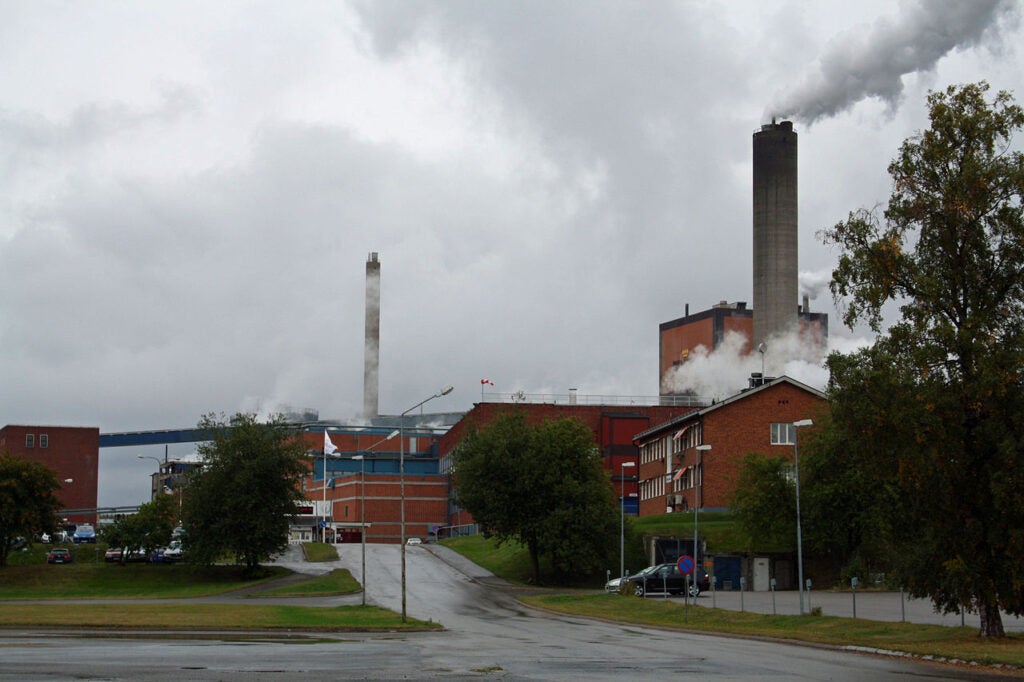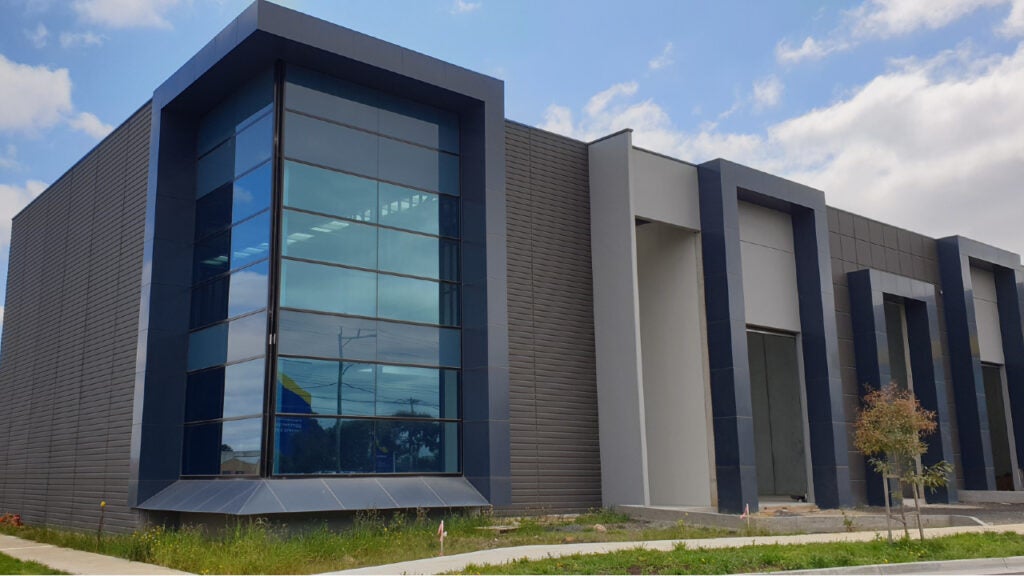Soleco UK Ltd, a producer of pre-prepared salads and vegetables, purchased a new tray-sealing machine, the Vision 182, from Packaging Automation in May 2005. The machine, the third that Soleco purchased from Packaging Automation, is being used to package Soleco’s new line of products, namely steamer pots of vegetables in a container. The pots needed to be a little taller than those Soleco generally uses and also needed to have two seals rather than one.
Vision 182 is designed to cope with much deeper pots than normal, whilst at the same time, sealing both the top and bottom of the pot. Soleco fully automate the existing semi-automatic lines with the installation of the Vision 182 tray-sealing machine. The steamer pots can be packaged at the rate of 15 cycles a minute with the installation of Vision 182.
Vision 182 tray-sealing machine
Packaging Automation was responsible for the installation of Vision 182 for Soleco UK Ltd. The Vision 182 tray-sealing machine is a compact, in-line and fully automatic machine. It uses heat-sealing reel-fed film lids and preformed trays and containers. Soleco aims to use the Vision 182 automated functions was to cut down on its high maintenance costs.
Soleco opted for the Vision 182 because of advanced features that include quick tool changes, PLC control, menu driven operation and user-friendly touch screen. The machine detects and displays errors automatically. With this it became easy for Soleco to reduce time spent on detecting errors.
Owing to regulatory pressures facing the food packaging industry, it has become necessary for companies to maintain ever higher standards of hygiene during the packaging process. Vision 182 helped Soleco meet the hygiene regulations in the packaging process. The stainless steel guarding and sealed machine beds in Vision 182 are designed with hygiene and can be easily cleaned and maintained.
The Vision 182 has a variable length chain conveyor that moves the material. It is also equipped with tray denesters that destack and place trays prior to the filling. The fully automated tray denesters facilitate significant savings on the labour. They also ensure accurate tray presentation with the rest of the line.
The auto fillers, labeller and date code printer facilities are offering flexible filling and labeling options to Soleco. Vision 182 is also fitted with a semi-automatic and hand-turned rotary table tray sealer called PA 182.
Advantages of the Vision system
The advantages that Vision 182 offers Soleco are improved operational efficiency and a high degree of maintenance and hygiene. Its modern design also reduces the downtime.
The tray-sealing machine can accommodate trays up to 100mm deep and seal over 100 million ready meals per week.
Vision 182 involves simple cleaning and maintenance procedures. Soleco can easily operate it in the cold and damp packaging environment.
The Vision 182 also offers a modified atmosphere packing with gas flushing or vacuum gas flushing feature. It can be used for both plain and printed reel fed film.
Tray sealing of steamer pots
Under the tray-sealing process, the steamer pot is sealed either with a film, foil or with a paper lid. The lid is generally pre-cut or fed from a reel of the material. First, the lidding material is placed over the open face of the pot and is heat-sealed. The sealant layers on the pot and lid form a bond during the heat-sealing process.
The process involves three variables: heat, force and time. The seal strengths can be achieved by modifying the sealant layer of material (pot and film) or by controlling any of the three variables. In case any contamination is detected on the pot or film, it becomes necessary to increase any of the three variables.









